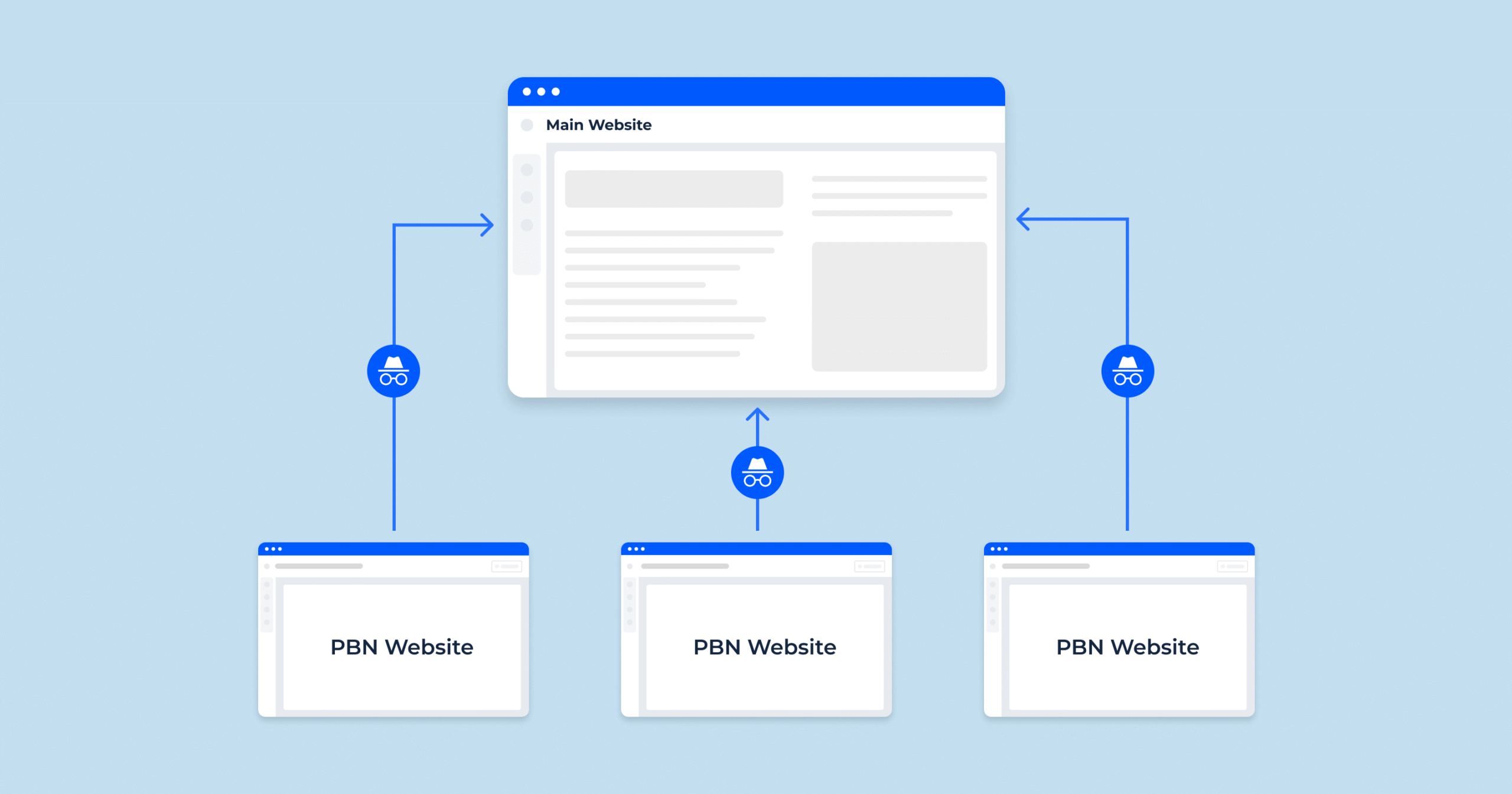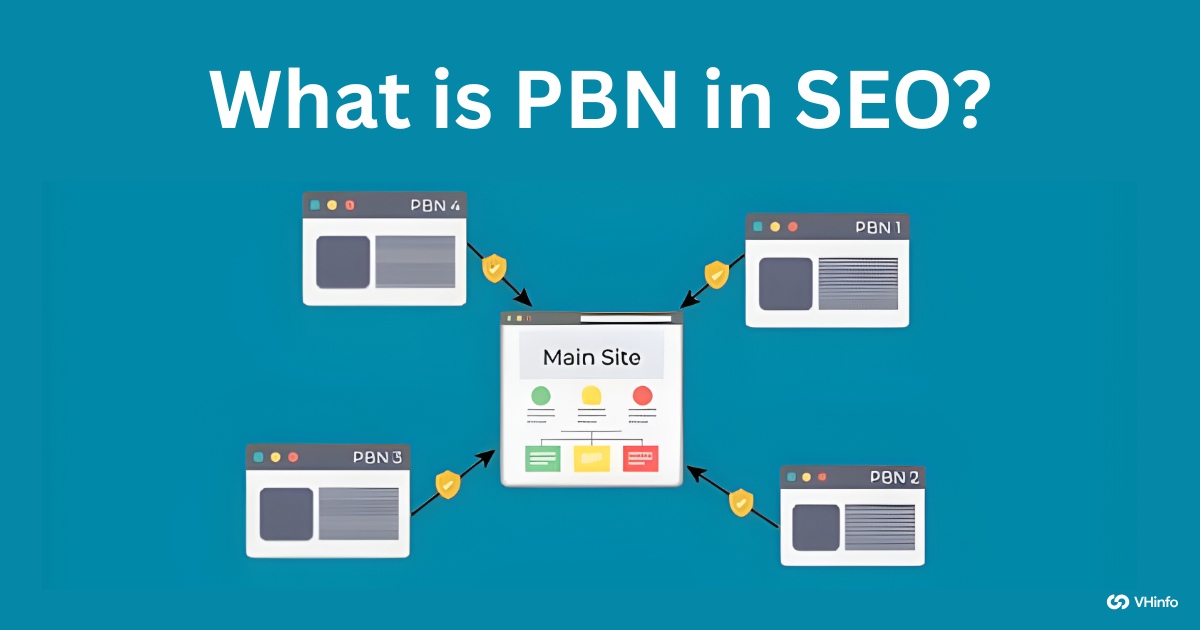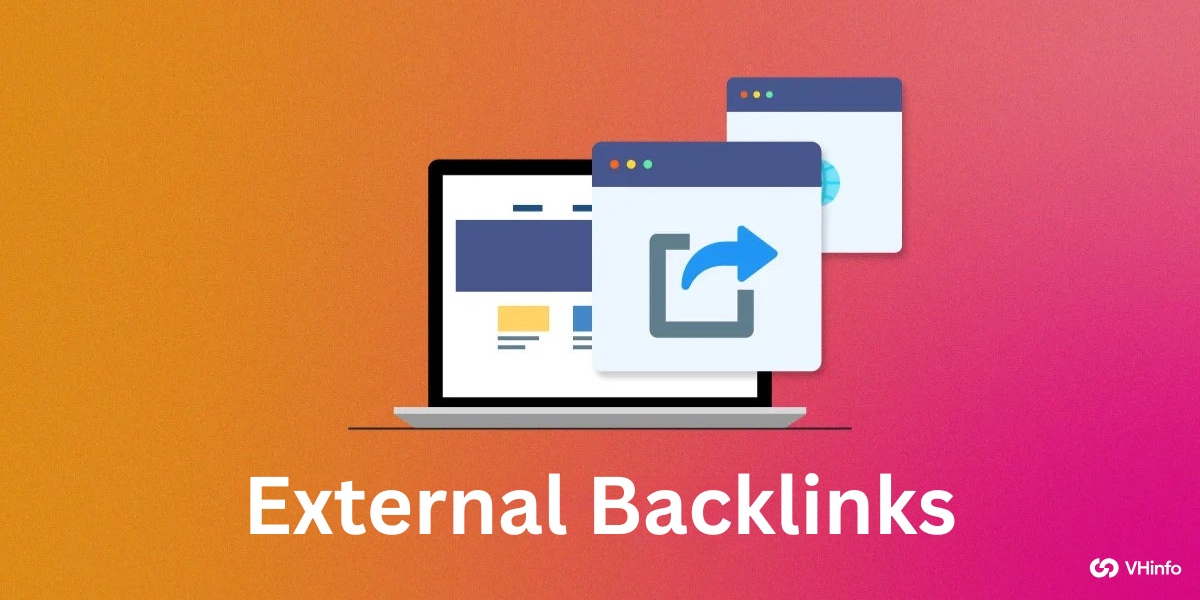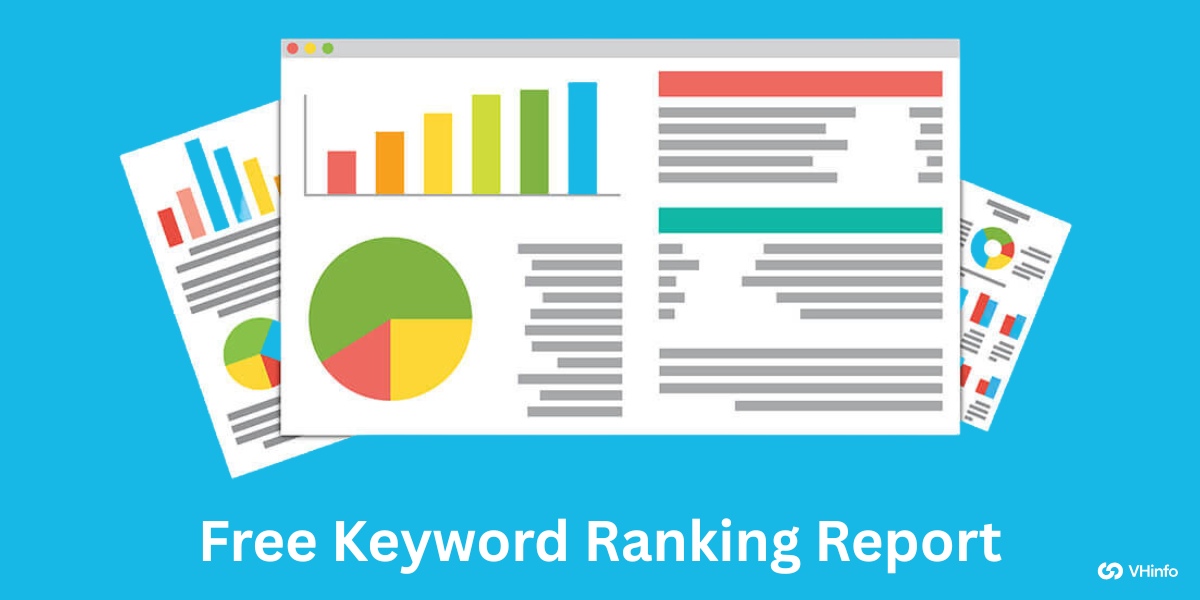When you work on search engine optimization (SEO), one of the most important jobs is link building.
Getting other websites to link to yours helps your site show up higher in Google search. You may hear about different ways to get links. One method you might see is using a private blog network, or a PBN.
But what is PBN in SEO? It sounds complicated, but it is simple to understand.
This article will give you clear answers. We will talk about what a PBN is, how people build one, and why it is a very risky SEO strategy. We at VH-info believe in being direct and helpful.
We want to give you the knowledge to make good choices for your website. We will explain everything so that it is easy to follow. We will also show you safer and better ways to get good links that help your website grow for a long time.
Answering the Core Question: What is PBN in SEO?

To understand PBNs, you need to know why links are important for SEO. A link from another site to yours is like a vote of trust. When many good websites link to you, search engines like Google see your site as important and helpful. This helps your search rankings.
Defining A Private Blog Network (PBN)
A PBN, which stands for private blog network, is a group of websites that one person or company owns.
This network of websites is not made for people to read. Its only purpose is to create links pointing to a single main website. This main site is often called the “money site” because it is the one the owner wants to make money with.
The links from the PBN sites are called PBN links. The idea is that these links will pass power, or “link juice,” to the main site.
The owner hopes this will trick Google into thinking the main website is more popular than it is. This is done to improve the site’s search engine rankings without earning links the natural way.
This is a form of black hat SEO, which means it is a practice that goes against the rules.
The History and Original Goal of Using PBNs
PBNs became popular because some website owners wanted a faster way to get higher search rankings.
Earning good links takes a lot of time and hard work. You have to create valuable content and build relationships. Some people did not want to wait. They wanted full control over their backlink profile.
So, they started building their own blog networks. They would buy old domain names that other people let expire. Many of these old domains already had some “domain authority” because they had been around for a while and had links pointing to them.
By using these old domains, PBN owners could create a powerful network of websites quickly. The goal was to use this network to send many authoritative links to their money site and get a quick boost in search results.
How PBNs Intend to Manipulate Search Rankings?
Search engines want to show the best and most trustworthy pages to users. The search engine algorithms look at hundreds of things, and one of the biggest is a site’s link profile. A website with many quality links from different trusted sites is seen as an authority.
A PBN network is designed to fake this. It is a link scheme that tries to trick the system. Here’s how it works:
- The site owner controls all the websites in the network.
- They can create as many links as they want, whenever they want.
- They can choose the exact anchor texts (the clickable words in a link) to target specific keywords.
These are unnatural links because they were not earned based on merit. They were just placed there by the owner. The goal is to make the main site look like it has a lot of votes from other sites, which is meant to manipulate its position in the search engine results.
This goes directly against Google’s guidelines.
How Is A Private Blog Network Built?

Building a private blog network is a detailed process. PBN owners have to be careful to hide what they are doing. If a search engine finds out all the sites are connected, the whole network becomes useless, and the main site could get in trouble.
Finding and Acquiring Expired Domains
The first step is to find good expired domain names.
An expired domain is a website address that was not renewed by its previous owner. People who build a PBN look for domains that already have a strong backlink profile and good domain authority. They use special tools to find domains that used to be real businesses or blogs.
These domains already have trust and power built up, which the PBN owner wants to pass to their money site.
Setting Up Hosting to Avoid A Digital Footprint
If all the websites in the PBN are on the same server, Google can easily see they are all owned by the same person.
To avoid this, PBN owners use different hosting providers for their sites. They make sure each website has a different IP address.
An IP address is like a physical address for a website on the Internet. By spreading the sites out, they try to make them look like a normal group of websites that are not connected. This is a key part of hiding the PBN network from search engine algorithms.
Right Way to Add Content to PBN Sites
A PBN site cannot be empty. To look like a real website, it needs to have content.
PBN owners will add articles and blog posts to each site in their network. This is often simple, relevant content related to the topic of the main site. The goal is to make the PBN site look legitimate to anyone who might visit, including Google’s review teams.
They will also be careful about how they add links. They won’t just stuff a bunch of PBN links on one page. They will try to place them within the content so they look like natural links. Creating this quality content takes a lot of time and effort, which adds to the cost of running a PBN.
Linking From the PBN to Your Main Website
Once the PBN sites have content, the owner starts the process of building links to the main website. They will add one or two links from each PBN site to the money site. These links pass link equity, which is the value or power a link gives.
The owner carefully chooses the anchor texts for these links to help the main site rank for specific keywords. They do this slowly over time to make the link building look natural. However, because the owner controls all the sites, these are still considered unnatural links.
The Significant Risks of Using PBNs For SEO

Using a PBN for link building might seem like a clever shortcut, but it comes with huge risks. This black hat tactic is a direct violation of the rules set by search engines, and the consequences can be severe.
Violating Google’s Webmaster Guidelines
Google is very clear about what it considers a link scheme.
Google’s webmaster guidelines (now called Google Search Essentials) state that “any links intended to manipulate PageRank or a site’s ranking in Google search results may be considered part of a link scheme and a violation of Google’s guidelines“.
A private blog network is a perfect example of this. You are creating a network of websites just to boost your search rankings, not to provide value to users. This is not a white hat SEO practice.
The Danger of Algorithmic and Manual Penalties
Google has become very smart at finding these networks. It uses its powerful search engine algorithms to detect unnatural link patterns. If the algorithm catches your site, your organic traffic could drop overnight.
Even worse is getting a manual action. This is when a person at Google reviews your site and determines that you are using a link scheme. A manual penalty can lead to your pages being pushed way down in the search results or even removed from Google completely.
Recovering from manual penalties is a long and difficult process.
Financial Investment and Resource Drain
Building and managing a PBN network is not cheap or easy. It is a big investment of time and money. You have to:
- Buy expired domains.
- Pay for many different hosting accounts.
- Create or buy quality content for dozens of sites.
- Spend a lot of time managing everything so it does not get caught.
All of this money and effort could be spent on legitimate, long-term SEO services and best practices that do not put your business at risk.
Long-Term Damage to Your Brand’s Credibility
If your website is penalized for using a PBN, the damage goes beyond your search engine rankings. Your brand’s reputation can be ruined.
Customers, partners, and other people in your industry will lose trust in you. Rebuilding that trust can be much harder than recovering from a Google penalty. A good SEO strategy should build your brand up, not tear it down with risky seo practices.
How to Identify PBN Links?

Whether you are checking your own site for bad links or looking at a competitor’s backlink profile, it is helpful to know how to spot a PBN. Several red flags can point to a site being part of a PBN.
Common Red Flags on the Linking Website
When you look at a website that might be part of a PBN, you might notice:
- Poor Design: The site may look generic or use a basic template.
- Thin or Low-Quality Content: The articles may be short, poorly written, or cover many unrelated topics.
- No “About Us” or Contact Info: A real business or blog usually wants people to know who they are. PBN sites are often anonymous.
- Few Outbound Links: The site may only link out to the money site and a few other authority sites, like Wikipedia, to look natural.
- Stock Photos: The site may use generic stock photos instead of real images.
Analyzing A Suspicious Backlink Profile
You can use technical SEO tools to look at your site’s link profile.
If you see a lot of links from websites that show the red flags above, you might have a problem with PBN links. Look for sudden increases in the number of links pointing to your site. Also, check the domain authority of the linking sites.
If many new links are from sites with low authority but strong-looking metrics, it could be a sign of link spam from a PBN network.
Tools For Detecting PBNs
There are many tools that can help you find suspicious links.
- Google Search Console: This free tool from Google lets you see which websites are linking to you. If you find links that you think are from a PBN, you can use the disavow tool. The disavow tool tells Google to ignore those links when it ranks your site.
- Third-Party SEO Tools: Companies like Ahrefs, Semrush, and Moz offer powerful tools for backlink analysis. They can help you check the quality of your links and find patterns that might point to a PBN. Many SEO services use these tools to perform backlink audits.
White-Hat Alternatives to PBNs

The good news is that you do not need to use risky black hat SEO tactics like PBNs to succeed. There are many safe and effective white hat methods for building links. These methods focus on creating a great website that earns links naturally.
Earning Links Through High-Quality Content Creation
The best link-building tactic is to create amazing content. When you publish valuable content that is helpful, interesting, or entertaining, other website owners will want to link to it. This could be in the form of blog posts, guides, videos, or free tools.
This approach to content marketing attracts natural links that are great for your SEO strategy and build real authority.
Strategic Guest Posting and Collaborations
Guest posting (also known as Guest Blogging) is when you write an article for another website in your industry.
In return, you usually get a link back to your site in the author bio or within the content. This is a great way to get high-quality links from relevant sites, build relationships, and get your brand in front of a new audience.
Unlike PBNs, guest posts on real, legitimate sites are a perfectly acceptable SEO practice.
Digital PR and Media Outreach
Digital PR is similar to public relations, but it works online. It means talking to news writers, blog owners, and web stars. The goal is to have them share news about your work or website. You can use cool facts, strong examples, or a special story to grab attention.
This helps you get noticed by big news pages and top blogs. When they talk about you and link to your site, these links are very strong. They help your site look more trusted. These are some of the best links you can earn for your site.
Broken Link Building Techniques
Broken link building is a clever and helpful link-building tactic. It involves finding broken links on other websites.
A broken link is a link that leads to a page that no longer exists. You then contact the site owner, let them know about the broken link, and suggest your own relevant content as a replacement. Because you are helping them fix their site, they are often happy to add your link.
FAQ’s:
Are PBNs Still Effective Today?
Some people in the black hat SEO world claim that PBNs still work for getting quick boosts in search results. However, the risk is higher than ever. Google’s algorithms are always getting better at finding them, and a penalty can destroy a business.
The short-term gains are not worth the long-term risk.
Can Building My Own PBN Get My Site Penalized?
Yes, absolutely. Building or using a PBN is a clear violation of Google’s webmaster guidelines. If Google finds your PBN, your main site is very likely to receive a manual action or an algorithmic penalty, which will hurt your organic traffic badly.
Can You Recover From A Google Penalty Caused By PBNs?
Recovering from a penalty is possible, but it is difficult and takes a lot of time. You will need to identify all the PBN links pointing to your site, try to get them removed, and use the disavow tool in Google Search Console for the ones you cannot remove.
Then you have to focus on building quality links to show Google your site can be trusted again.
Is It Ever Considered Safe to Use PBNs?
No. There is no “safe” way to use a PBN. By definition, it is a tactic designed to manipulate search engine rankings, which goes against search engine guidelines. Any time you use a PBN, you are risking your website’s future.
What Should You Do If Your Competitors Are Using PBNs?
It can be frustrating to see competitors ranking above you using risky tactics.
The best response is not to follow them. Instead, focus on building a better website and a stronger business. Follow best practices for SEO, create high-quality content, and earn your links the right way. In the long run, the slow and steady approach always wins.
Conclusion
A private blog network is a shortcut that tries to game the system of search engine optimization. By creating a group of websites to link to a main website, PBN owners hope to manipulate search engine results for quick gains.
While it might seem tempting, it is a black hat SEO practice that goes against Google’s guidelines and puts your entire online presence at risk.
The danger of manual penalties, loss of brand credibility, and wasted investment makes this link-building tactic a bad choice for any serious business. Instead of taking risky shortcuts, focus on proven, white hat SEO practices.
Building links through great content marketing, strategic guest posting, and other ethical methods will build lasting authority for your brand. This approach keeps your site safe and leads to sustainable growth in organic traffic.
At VH-info, our mission is to provide actionable advice for SaaS link building. We are your trusted guide for breaking down complex topics into clear advice. We believe in building genuine connections and helping you master SEO strategy the right way.
Our tools and insights are here to help you earn the quality links that build real trust and authority with search engines.


